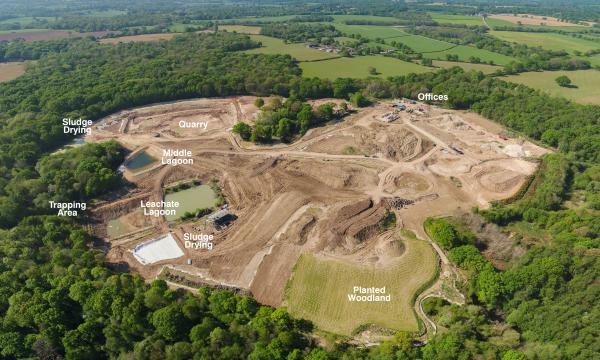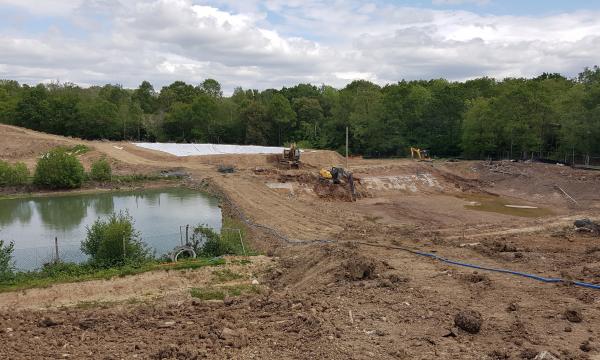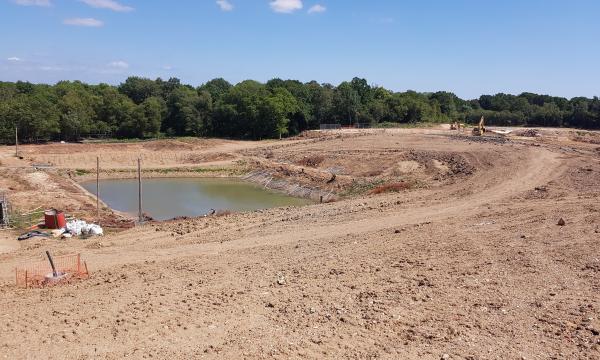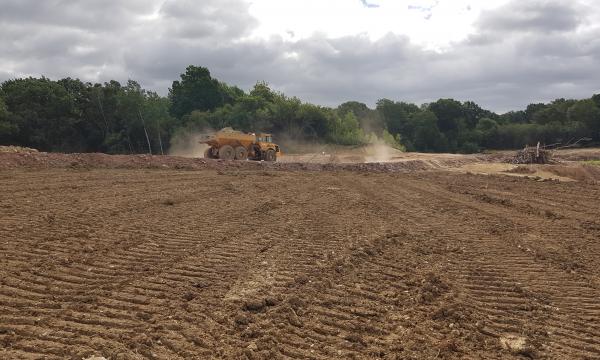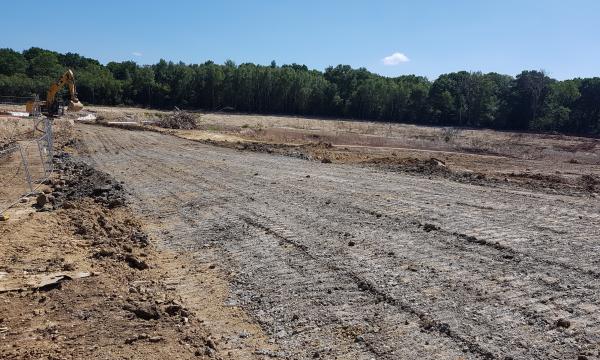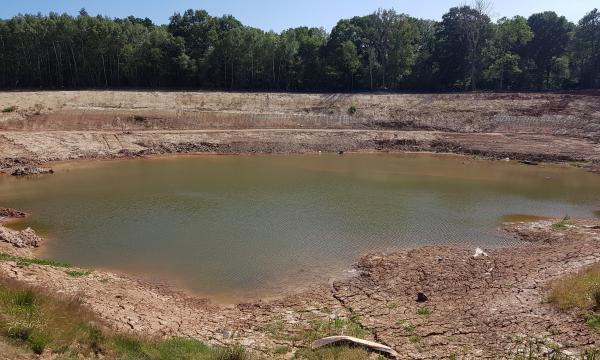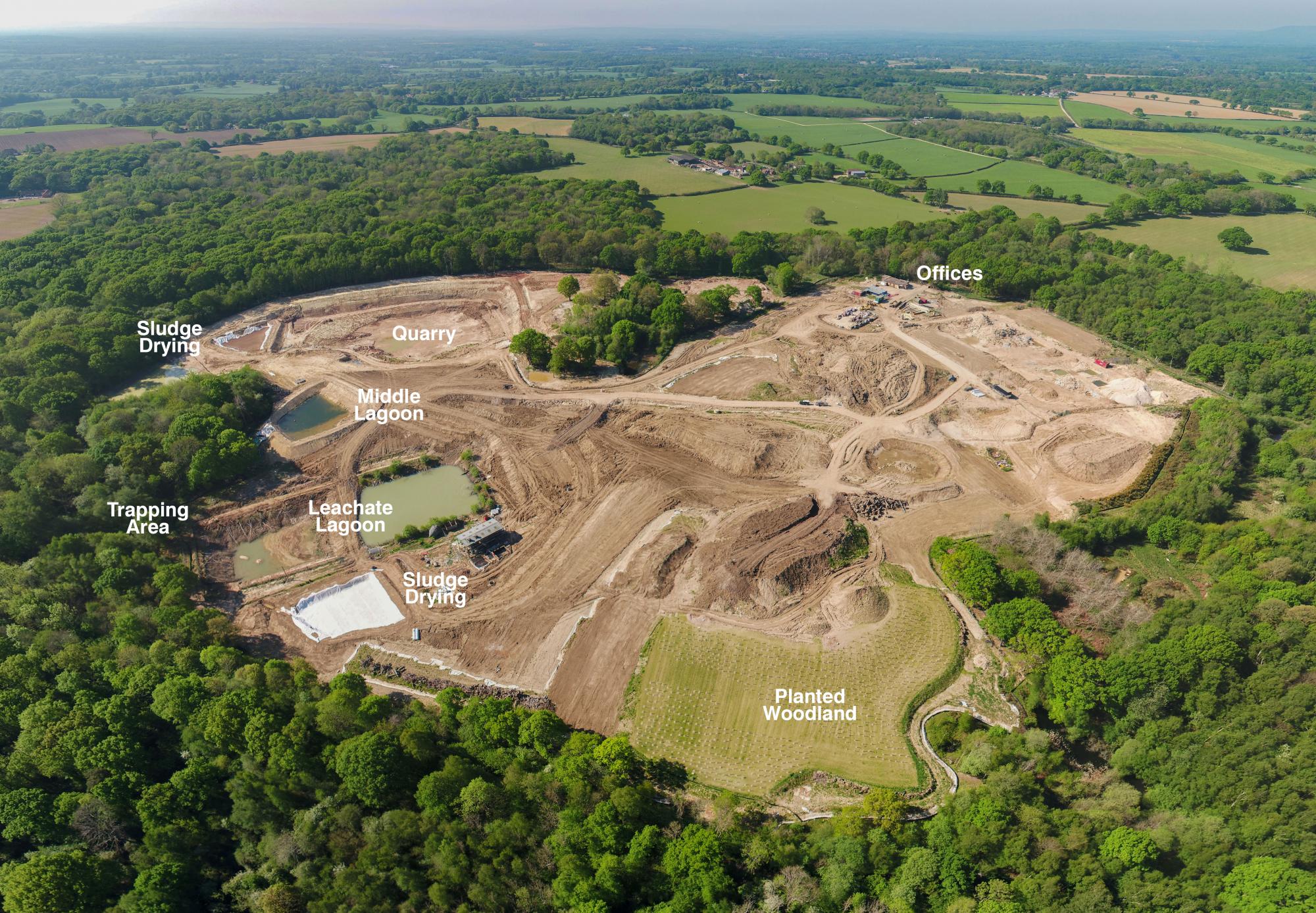
Leachate Management and Earthworks Update
The data and monitoring we routinely collect on flowrates for the sites drain runs, show a year-on-year trend that leachate production is reducing as the remediation is progressing.
Last year we recorded a 1,000m3 reduction in leachate than compared to the previous year. This is despite 2019/2020 being one of the wettest winters on record.
Under the EA’s pragmatic approach to site drainage, when the river level reaches a certain trigger the EA informs us that we can discharge from the middle lagoon where waters are held awaiting discharge.
This approach is based on dilution by the river. In the drier (typically summer) months the opportunity to discharge is very limited and we are thus required to store the leachate on-site. The reduction in volume of leachate makes it easier to manage on site and reduces the impact on the river.
The reduced storage requirement means we are now able to prepare the leachate lagoon and the surrounding areas for earthworks this winter. The area the leachate lagoon occupies is a sizeable volume of our remaining material import requirements.
Before the lagoons can be infilled, the sludge deposits that remain after dewatering need to be managed. The sludges from eastern half of the leachate lagoon and middle lagoon are currently being held in purpose built clay lined cells to dewater. Once dewatered the sludges will be tested to determine how best to manage them.
The other area we are preparing for this winter is the quarry. We received the EA Permit extension to work on this area on 24/06/20.
We are building and improving our internal haul roads now during favourable summer conditions to provide year-round access to the former leachate lagoon and quarry.
